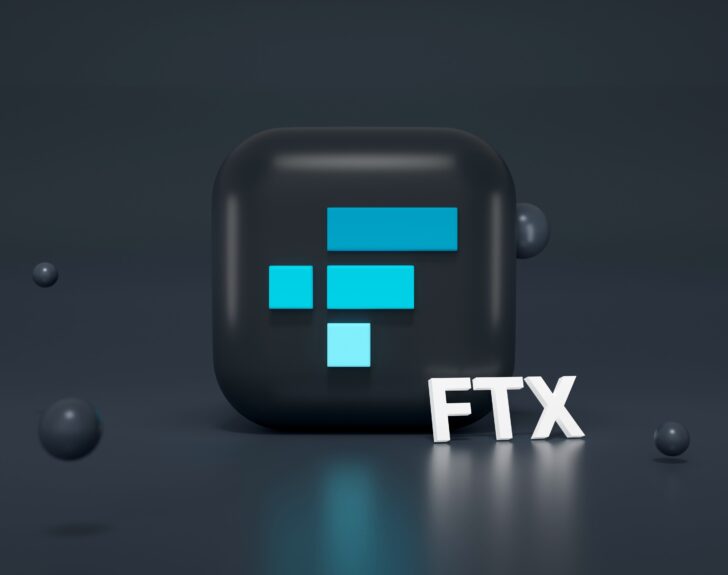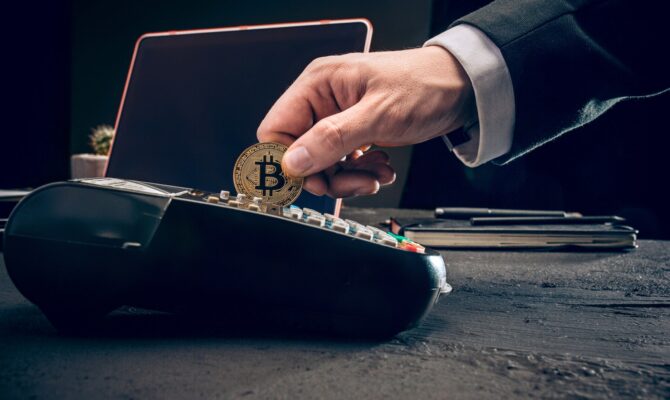
Today I’m going to talk about the FTX collapse which saw the crypto market take a nosedive and the key learnings we can take away.
Let’s jump straight in.
A quick overview
In a few short years, FTX went from start up to one of the largest global crypto exchanges. And now, in the space of about 8 days, it collapsed into Chapter 11 liquidation amid a liquidity crisis driven by concerns and allegations of fraudulent use of client funds.
The catalyst for this amazing change in fortunes for FTX came when Coindesk published a leaked document detailing a gaping hole in the balance sheet of Alameda Research (an FTX Group company). This information prompted Binance (the largest global Crypto exchange and an early seed investor in FTX) to announce their research had revealed systemic problems in FTX / Alameda, and as a result they were going to sell their holding of FTX tokens. As you can imagine, this revelation panicked FTX customers, who started withdrawing billions from the FTX exchange, quickly revealing they did not have the assets available to withdraw. The crypto equivalent of a bank run then took place.
The FTX collapse highlights one of the biggest problems with Centralised Finance (CeFi). You have to place your trust in using a middleman to transact. One of the key reasons behind the invention of Bitcoin and crypto was to allow people to transact in a trust-less way, independent of middlemen such as banks or governments. CeFi promises certain safeguards, but the ‘centralised’ part of it still comes with risks.
This is why so many people see the big opportunity in Decentralised Finance (DeFi).
In DeFi, there is no central authority exercising control (trust), and all transactions are fully transparent. You transact in a trust-less way between your own wallets and software code. This transparency was completely missing from FTX and Sam Bankman-Fried’s activities.
So what can we learn from this? Here’s 3 quick takeaways:
1. Not your keys, not your crypto
This may be surprising to some, but when you keep your crypto on an exchange, you don’t actually own it – the exchange does. They have the keys, so they have the control.
At DWG, we always recommend getting your crypto off exchanges and onto your own hard wallet where you own the private keys. It’s the only way to 100% guarantee that your crypto is yours.
2. Liquidity matters
This isn’t the first time an exchange has gone bust because they haven’t had the funds to fulfil customer withdrawals. Liquidity matters in crypto and we’ve seen this play out again and again. After this debacle, we’ll no doubt see a rush of exchanges publishing proof of reserves to reassure customers that their funds are safe.
3. Beware of false idols
I’ve spoken before about the need for discernment in crypto – remaining impartial and not getting drawn into certain narratives. Sam Bankman-Fried was hailed as a saviour – the altruistic good guy with investors’ best interests at heart. However, he also lobbied against DeFi and wanted more centralised regulation. It also transpires he had family and financial connections to U.S. based regulatory bodies / politics. Something to think about.
While the fallout from this collapse will be felt for some time, it’s important to remember the reason many of us were attracted to cryptocurrencies in the first place. And that opportunity hasn’t gone away.
What this does highlight, however, is the importance of education. When you’re armed with knowledge, you can navigate the world of cryptocurrencies safely and confidently and avoid many of the pitfalls we’ve seen this year.

If you’ve been waiting for the bull run to really take off, you’re not alone! While meme coins are having…

What a time to be in crypto as we witness one of the last (and largest) sell-offs before the official…

Today I’m going to illustrate why you shouldn’t always listen to the mainstream media or prominent figures about Crypto. Most…
Register for the FREE 90 minute
Crypto Training